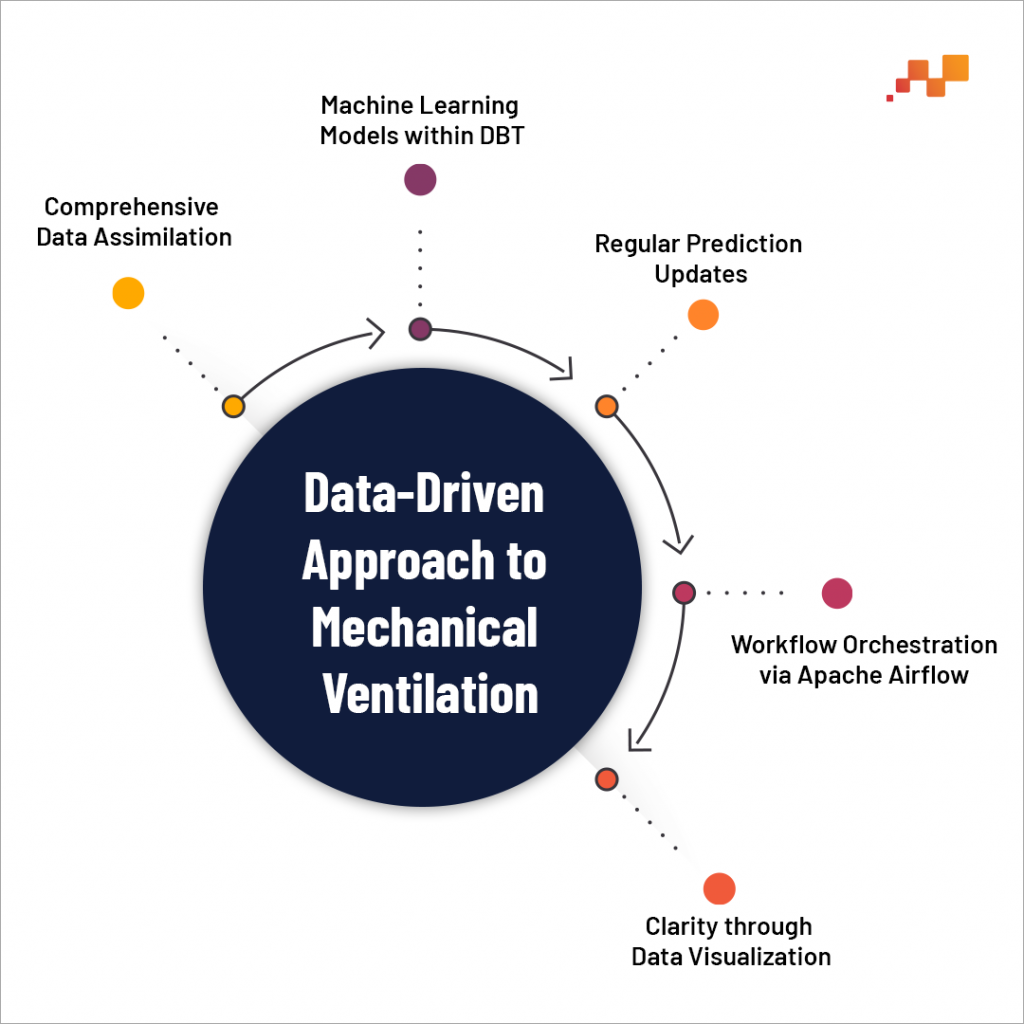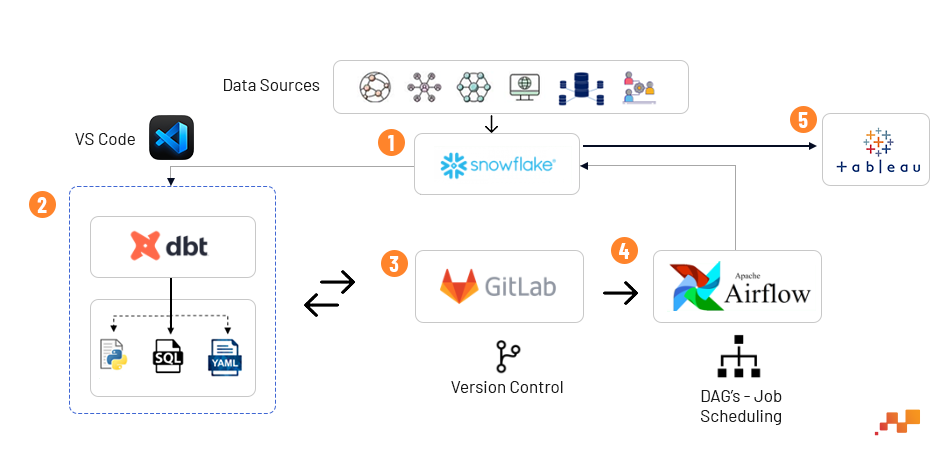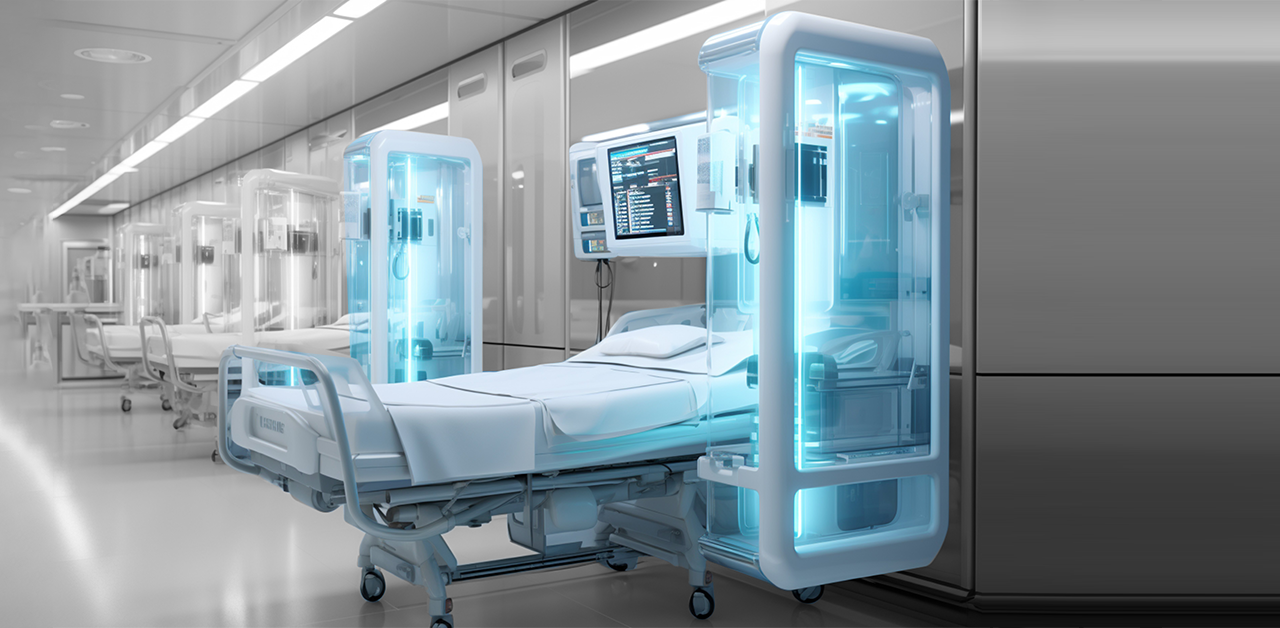Why this blog?
This blog section explores the pivotal role of machine learning in transforming acute care, particularly in ventilator management. By detailing challenges, solutions, and outcomes, readers gain valuable insights into the latest healthcare innovations, facilitating informed decision-making at the intersection of technology and patient care.
Machine Learning in the Medical Sphere
In healthcare, the integration of machine learning (ML) technologies has been witnessed as a pivotal shift, particularly transformative for acute care settings such as emergency departments (EDs). The criticality of precise and swift decision-making in such environments is well acknowledged, with ML technologies serving as instrumental tools. Let us look at one such area in Healthcare AI, ML powered Ventilation systems.
The Challenges of Mechanical Ventilation
Mechanical ventilation, an intervention essential for patients experiencing respiratory distress, necessitates precise administration. It has been increasingly recognized that the duration for which mechanical ventilation is applied must be judiciously optimized. If administered for too brief a period, patient care may suffer; conversely, if applied excessively, the risk of ventilator-associated complications may arise.
Healing with Algorithms: AI’s Role in Healthcare

Optimizing Ventilation Management
In response to this clinical challenge, a sophisticated data pipeline has been engineered. Utilizing DBT (Data Build Tool), machine learning models have been intricately embedded to analyze and predict the optimal duration of mechanical ventilation required for each individual patient. The components of this approach are as follows:

- Comprehensive Data Assimilation: To accomplish this task, an extensive range of data sources is tapped into, allowing for the amassment of a rich and varied dataset, which forms the backbone of subsequent analytical processes.
- Machine Learning Models within DBT: Housed within the DBT environment, the ML models are tasked with the rigorous processing of patient data. These models, having been subjected to extensive training, are adept at predicting the suitable duration of mechanical ventilation tailored to the nuances of each patient’s condition.
- Regular Prediction Updates: An hourly schedule is adhered to for model predictions, ensuring that insights are continuously refreshed and remain pertinent to the fluid dynamics of patient health states, thereby facilitating timely clinical decisions regarding mechanical ventilation.
Curious about the impact BI dashboards have on healthcare leadership?
Learn how Predictive ML models for executive dashboards shape superior healthcare outcomes.

- Workflow Orchestration via Apache Airflow: The choreography of the data pipeline, encompassing the scheduling and execution of model runs, is orchestrated with precision by Apache Airflow, which ensures the seamless operation of the entire system.
- Clarity through Data Visualization: Utilizing Tableau, complex data and model predictions are distilled into accessible, visual formats. This allows for the intricate model recommendations to be interpreted with ease, aiding clinicians in their decision-making process.

The Impact of the Implemented System
The integration of this data pipeline has been observed to enhance the approach to mechanical ventilation within the ED significantly. Notably, a reduction in the duration of unnecessary mechanical ventilation has been observed, which has been associated with an array of improved patient outcomes, including decreased ventilator-associated pneumonia rates, shorter hospital stays, and a reduction in healthcare costs.
The Broader Implications for Emergency Medicine
The adoption of ML-guided mechanical ventilation protocols is reflective of broader trends in healthcare innovation and data-driven medicine. These developments herald a new era where the confluence of technology and clinical expertise leads to unprecedented levels of patient care and operational efficiency.
Discover how our machine learning in healthcare solutions can optimize emergency care systems.










